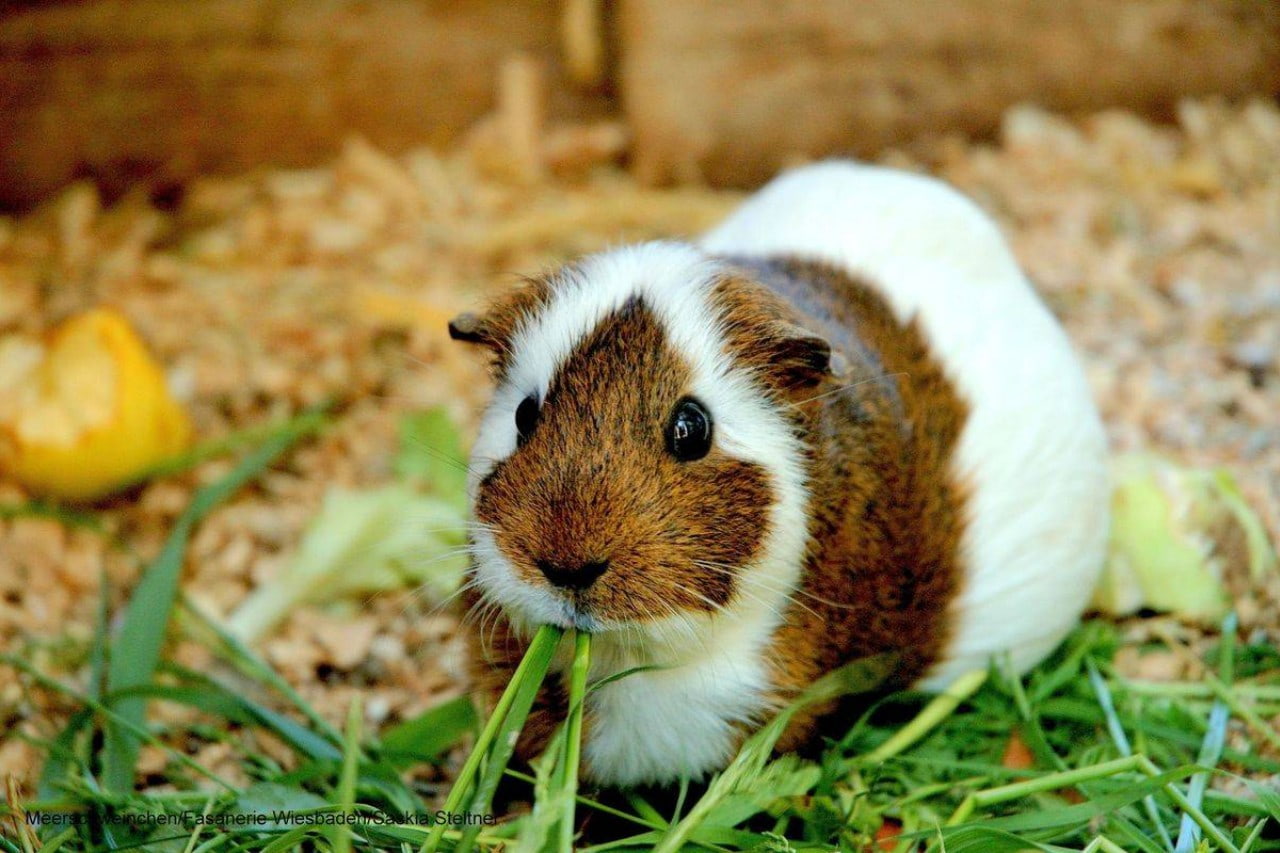Zoo and Garden Fasanerie, located in the northwestern region of Wiesbaden, Germany, is a captivating wildlife and botanical park that offers visitors a unique blend of natural beauty and animal encounters. Once the hunting ground of local princes, this 25-hectare oasis has become a popular destination for nature enthusiasts and families. Spanning an area between Aarstraße and Klarenthaler Straße, the Fasanerie showcases a diverse landscape of meadows, woodlands, and waterways, creating a pristine environment where city dwellers can escape the urban hustle.
With its rich history and commitment to conservation, Zoo, and Garden Fasanerie invites guests to immerse themselves in a world where native wildlife thrives, and exotic plants flourish, promising an unforgettable journey through nature's wonders.
Highlights
- Natural enclosures housing over 50 native animal species
- Diverse botanical collection featuring rare trees like Caucasian Fir
- Daily animal feeding sessions and educational nature tours
Contents
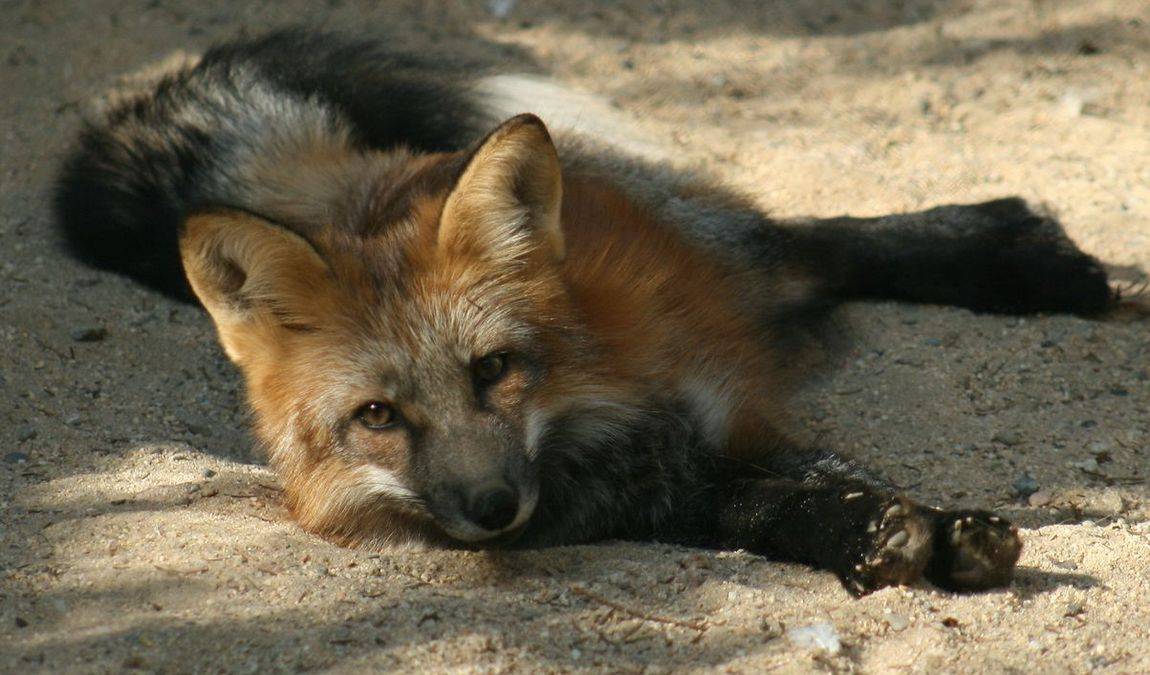 Photo: fasanerie.net
Photo: fasanerie.net
Here is Why Your Kids Will Find it Interesting
Zoo and Garden Fasanerie is worth visiting with kids because it offers a hands-on nature experience that sparks curiosity and wonder. Children aged 3-12 will be particularly captivated by the park's interactive elements, such as the petting zoo, where they can feed and touch friendly animals. The water playground provides a refreshing adventure, while the educational programs make learning about wildlife fun and engaging. Young explorers will delight in discovering various animal species in their natural habitats, fostering a connection with nature beyond traditional zoo experiences.
Family-friendly features
- Petting zoo area for close animal interactions
- Water playground for refreshing fun
- Educational programs and guided nature tours
Exploring the Diverse Wildlife
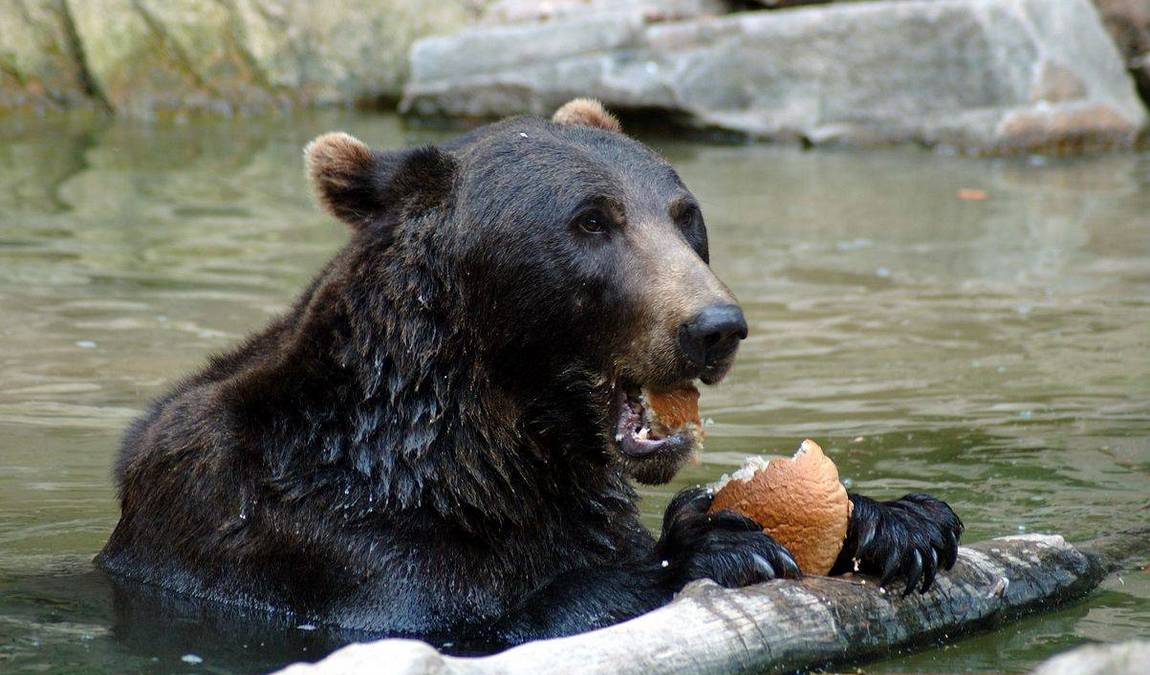 Photo: fasanerie.net
Photo: fasanerie.net
The Fasanerie is home to an impressive array of native and exotic animal species, allowing visitors to observe wildlife in a setting that closely mimics their natural habitats. Among the park's most notable residents are:
- Brown bears: The park's three bears — Ronja, Troxi II, and Kuno — are crowd favorites, visible in their spacious enclosures.
- Wolves: These majestic creatures share a sizeable natural enclosure with the bears, providing a unique opportunity to see these predators coexisting.
- European bison: Once extinct in the wild, these impressive mammals roam in a dedicated area.
- Lynx, wild boar, and deer: Various native species that visitors can observe throughout the park.
Animal encounters are enhanced by daily feeding sessions, which occur at 11 a.m. and 3 p.m. (except on Fridays and holidays). These sessions allow visitors to witness the animals' natural behaviors and learn more about their diets and habits from knowledgeable staff.
The Taunus-Wunderland amusement park is 7.5 km away, which we recommend visiting with children.
The Botanical Beauty of Fasanerie
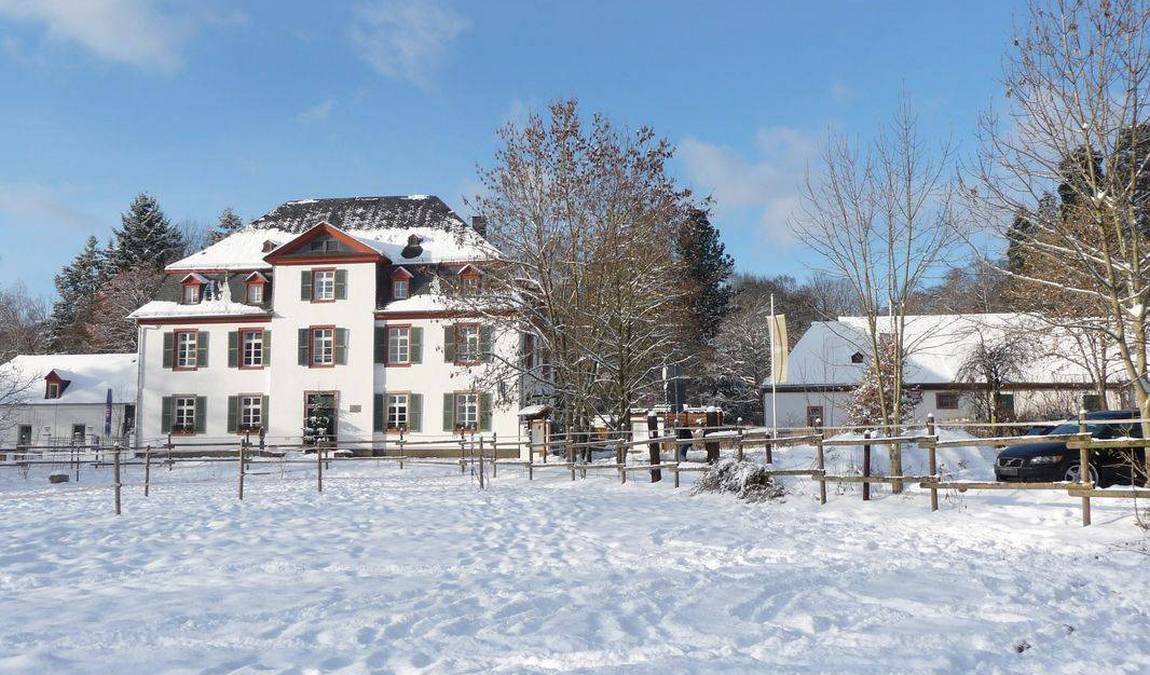 Photo: fasanerie.net
Photo: fasanerie.net
The Fasanerie's botanical garden is a testament to the diversity of plant life, featuring both native and exotic species:
- Native plants: The park showcases a variety of local flora, providing insight into the region's natural ecosystem.
- Exotic plants: Visitors can discover unique species worldwide, adding an element of surprise to their botanical journey.
- Notable trees: The Caucasian Fir and North American redwood (sequoia) are impressive specimens, offering a glimpse into different forest ecosystems.
Seasonal changes bring new colors and textures to the park, making each visit a unique experience. Spring blossoms, summer greenery, autumn foliage, and winter landscapes create ever-changing scenery for visitors.
Hiking and Nature Trails
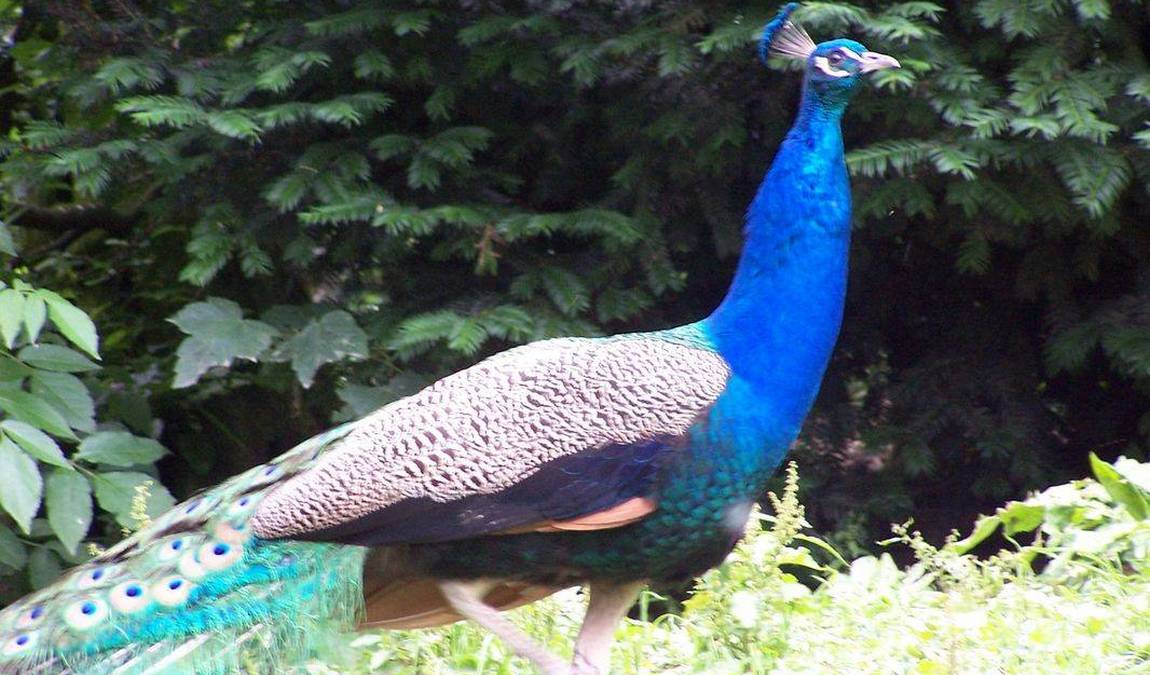 Photo: fasanerie.net
Photo: fasanerie.net
The Fasanerie's network of hiking trails offers visitors of all fitness levels an opportunity to explore the park's natural beauty:
- Trail difficulty: Paths range from accessible, wheelchair-accessible routes to more challenging forest trails.
- Duration: Hikes can last one to three hours, depending on the chosen route and pace.
- Scenic spots: The trails wind through meadows, forests, and along streams, providing numerous viewpoints and photo opportunities.
Tips for an enjoyable hike:
- Wear comfortable, sturdy shoes suitable for uneven terrain.
- Bring water and snacks, especially for longer hikes.
- Carry a map of the park, which is available at the entrance.
- Respect wildlife and stay on designated paths.
- Consider joining a guided tour for a more informative experience.
Best Time to Visit
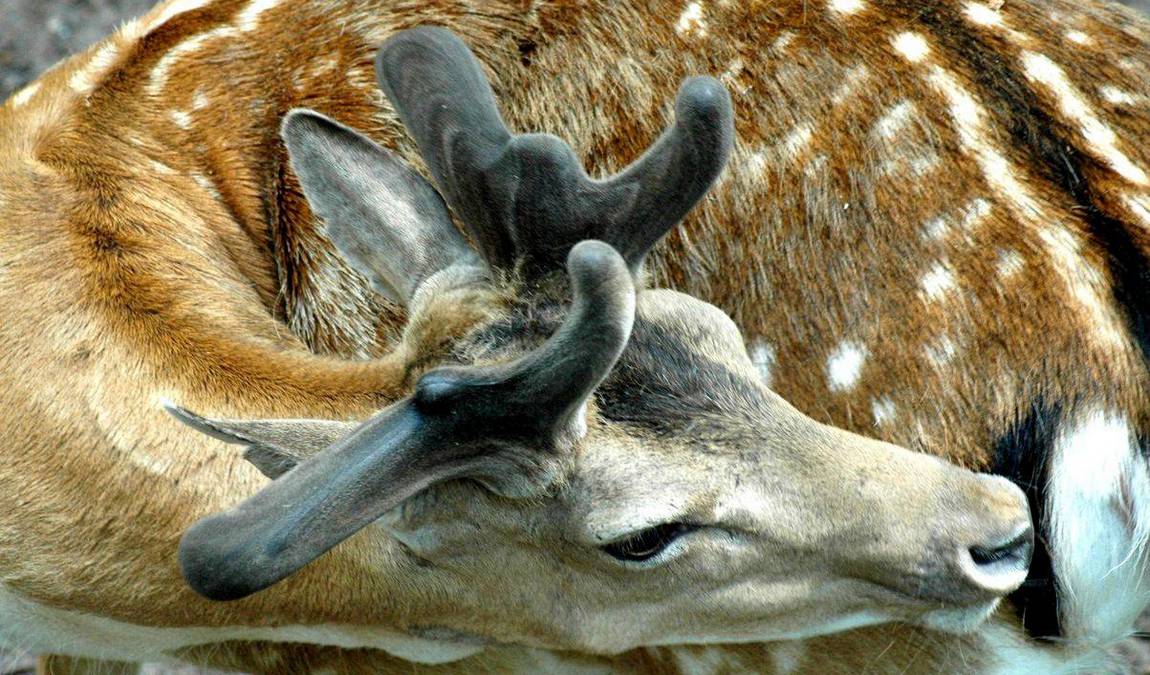 Photo: fasanerie.net
Photo: fasanerie.net
The best time to visit the Zoo and garden Fasanerie with children is during the spring and summer months when the weather is mild and the animals are most active. Weekdays are less crowded, offering a more relaxed experience. Mornings are ideal for animal watching, while afternoons are perfect for playground activities. Aim to arrive around feeding times (11 a.m. or 3 p.m.) for exciting animal observations.
Recommended Duration: A typical visit lasts 2-3 hours, allowing ample time to explore the park's main attractions.
Our Resume
Zoo and Garden Fasanerie offers a unique blend of wildlife observation, botanical exploration, and outdoor recreation. Its commitment to conservation, education, and providing a natural environment for animals and visitors makes it a standout destination. The park's focus on native species and its integration with the surrounding forest create an authentic and immersive nature experience that appeals to all ages.




